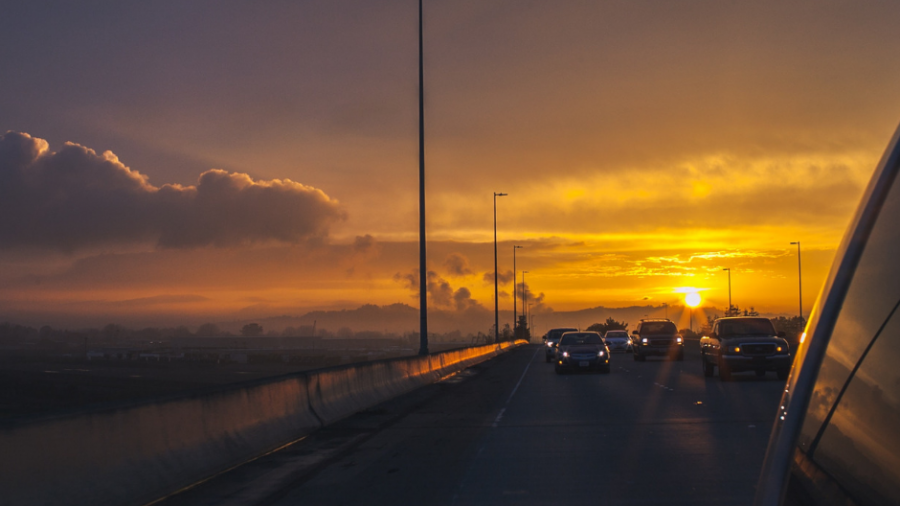A one-way commute in Sydney takes about 35 minutes. It might not seem that long. But it means the average worker spends 280 hours a year commuting – that’s 37 normal working days. Megacommuters will spend a lot longer travelling back and forth.
Only 14% of Australians take public transport to work. Sydney is the public transport capital, at twice the national rate.
Half a million commuters
Nearly half a million Sydney workers commute each day to just four job hubs – the CBD, North Sydney, Macquarie Park and Parramatta. Most go by public transport, except to Macquarie Park:
| Number of commuters | % by public transport | |
| Haymarket-CBD | 320,000 | 70% |
| Parramatta | 50,000 | 51% |
| North Sydney | 50,000 | 60% |
| Macquarie Park | 50,000 | 38% |
Surprisingly, one survey found most Australians, to avoid congestion, would rather drive to work before or after peak hour than catch public transport. Especially in the 45 to 54 group, 60% said they would rather change their driving hours than take public transport even one day a week.
So perhaps commuting in a private vehicle, even in traffic, is not so bad after all.
The megacommuter
Some people are willing to drive even longer distances to work. For example, they may drive over 160kms from Newcastle to Sydney. The megacommuter is often a professional, whose income is high enough to justify the long trip. They might need to work in the office only two or three days a week, so they don’t have to face a megacommute every day.
Cutting down
Even so, there are other ways of cutting down on commuting. For example, employers could reduce the hours of the working day.
Working eight hours each day may not accomplish any more than solidly working five hours. A NZ company that recently trialled a four-day working week said it was an “unmitigated success”. Compared to 54% before the trial, 78% felt able to successfully manage their work-life balance.
Meanwhile the Japanese government’s Shining Mondays and Premium Fridays programs are designed to give overworked employees, respectively, Monday mornings or Friday afternoons off.
Avoid it completely
If the Greater Sydney Commission fulfils its vision, Sydneysiders will in future live within 30 minutes of everything they need. By 2056, Sydney will split up into three smaller neighbourhoods: Eastern Harbour City, Central River City and Western Parkland City. Each one will provide employment, healthcare, libraries, childcare and schools, so nobody has to commute anywhere.
The new lifestyle, if it happens, could even break our longstanding dependence on motor vehicles.
Dead time?
Until then, we will keep on commuting. A recently published book suggests there is a lot more to commuting than meets the eye.
From an economic viewpoint only, commuting may appear to be “dead time”, just as from an economic viewpoint, renting seems like “dead money”. But the economic stance tends to ignore other crucial aspects of life.
Far from being “dead time”, the commute provides an opportunity to do all kinds of other activities – or to see life in a different way. For example, one commuter on a train tells how travellers in the carriage remind each other their station is coming up. Another woman who regularly drives to work likes to listen to audio books every day and looks forward to that indulgent time of transit.
“Stuck in traffic, it might only be when we are feeling at our most constrained … that a new way of going on in life might present itself”, the author says.


your opinion matters: